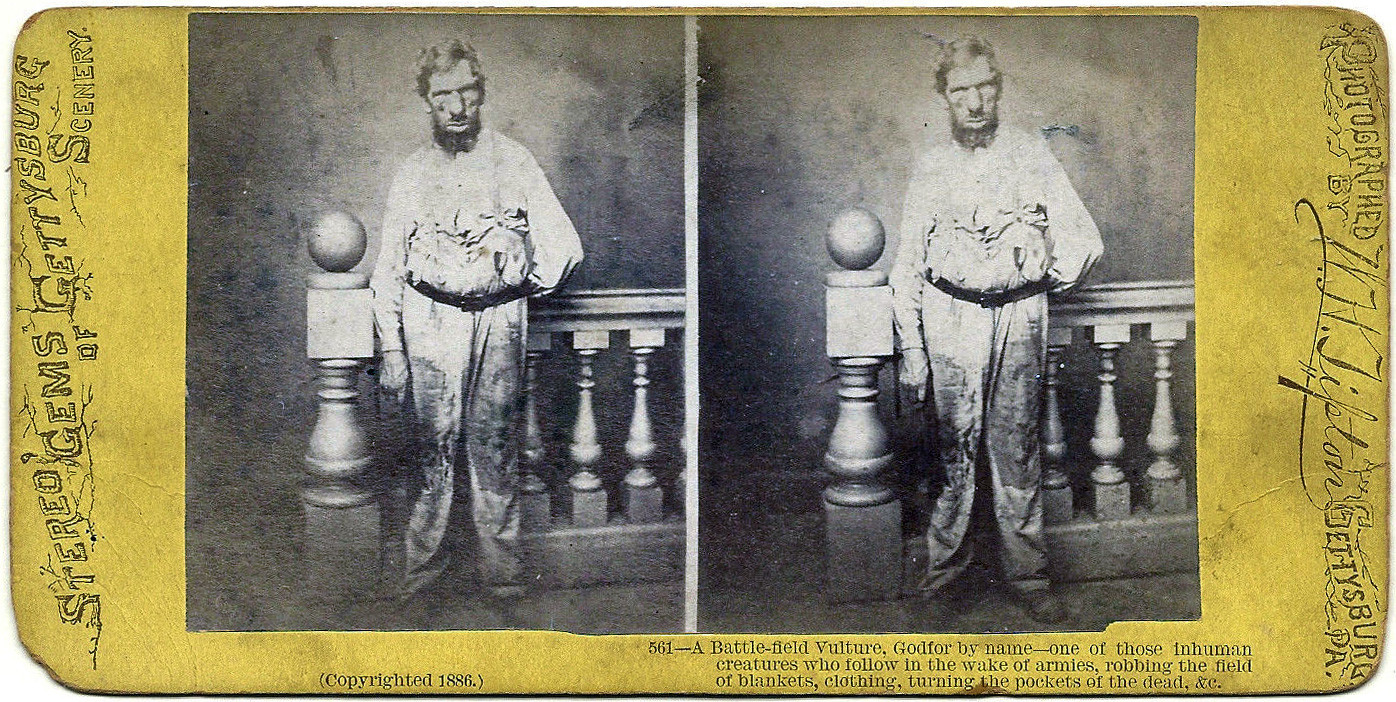The Smithsonian article I posted previously mentioned a new book that sounds fascinating: A Broken Regiment: The 16th Connecticut’s Civil War. The author has researched one badly mauled regiment to gauge how its veterans did after the war. Predictably, they didn’t do too well.
At war’s end, the emotional toll on returning soldiers was often compounded by physical wounds and lingering ailments such as rheumatism, malaria and chronic diarrhea. While it’s impossible to put a number on this suffering, historian Lesley Gordon followed the men of a single unit, the 16th Connecticut regiment, from home to war and back again and found “the war had a very long and devastating reach.”
The men of the 16th had only just been mustered in 1862, and barely trained, when they were ordered into battle at Antietam, the bloodiest day of combat in U.S. history. The raw recruits rushed straight into a Confederate crossfire and then broke and ran, suffering 25 percent casualties within minutes. “We were murdered,” one soldier wrote.
In a later battle, almost all the men of the 16th were captured and sent to the notorious Confederate prison at Andersonville, where a third of them died from disease, exposure and starvation. Upon returning home, many of the survivors became invalids, emotionally numb, or abusive of family. Alfred Avery, traumatized at Antietam, was described as “more or less irrational as long as he lived.” William Hancock, who had gone off to war “a strong young man,” his sister wrote, returned so “broken in body and mind” that he didn’t know his own name. Wallace Woodford flailed in his sleep, dreaming that he was still searching for food at Andersonville. He perished at age 22, and was buried beneath a headstone that reads: “8 months a sufferer in Rebel prison; He came home to die.”
A Broken Regiment: The 16th Connecticut’s Civil War (Conflicting Words: New Dimensions of the American Civil War): Lesley J. Gordon: 9780807157305: Amazon.com: Books.

